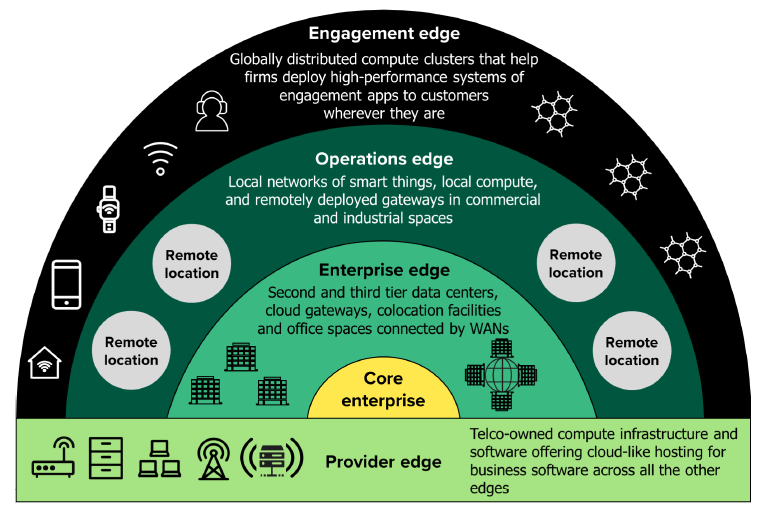
Optimizing Business Operations with Edge Computing
Edge Computing has emerged as a transformative technology reshaping the landscape of business operations, offering unparalleled efficiency and agility.
Understanding Edge Computing
Edge Computing involves processing data near the source or edge of the network, reducing latency and enhancing real-time processing capabilities. This decentralized approach shifts computational tasks closer to where data is generated, optimizing performance.
Enhanced Speed and Low Latency
One of the primary advantages of Edge Computing in business operations is its ability to deliver faster processing speeds and minimal latency. By reducing the distance data travels, it enables real-time decision-making critical in various industries.
Improved Scalability and Efficiency
Edge Computing’s distributed architecture allows for enhanced scalability and efficiency. Businesses can handle increased workloads without overloading central servers, ensuring smooth operations during peak times.
Cost Reduction and Resource Optimization
By offloading computational tasks to edge devices, Edge Computing reduces the burden on centralized cloud resources. This optimization minimizes bandwidth usage, resulting in cost savings for businesses.
IoT Integration and Connectivity
Edge Computing seamlessly integrates with Internet of Things (IoT) devices, facilitating rapid data processing at the edge. This connectivity ensures efficient management and analysis of IoT-generated data, enhancing operational insights.
Enhanced Security Measures
Edge Computing introduces enhanced security measures by processing sensitive data locally, reducing the exposure to potential cyber threats during data transmission.
Use Cases in Various Industries
Edge Computing finds applications across diverse industries. From manufacturing and healthcare to retail and logistics, its capabilities empower businesses to leverage real-time analytics and responsive systems.
Optimized Customer Experiences
Edge Computing contributes to enhanced customer experiences by enabling faster response times and personalized services. Applications leveraging Edge Computing can deliver tailored solutions promptly.
Future Prospects and Innovations
As Edge Computing continues to evolve, the future holds promising innovations. Advancements in AI and machine learning at the edge are expected to revolutionize predictive analytics and autonomous decision-making.
Edge Computing in Business Operations
Discover how Edge Computing revolutionizes business operations at Edge Computing in Business Operations. Explore its impact on efficiency and real-time decision-making.
In conclusion, Edge Computing stands at the forefront of technological innovation, offering businesses the ability to optimize operations, enhance efficiency, and deliver superior customer experiences. Its ability to process data closer to the source, reduce latency, and improve scalability positions it as a critical component in modern business strategies, shaping the future of operational excellence. As industries embrace the potential of Edge Computing, its integration becomes imperative for businesses seeking to stay agile, competitive, and responsive in a rapidly evolving digital landscape.
